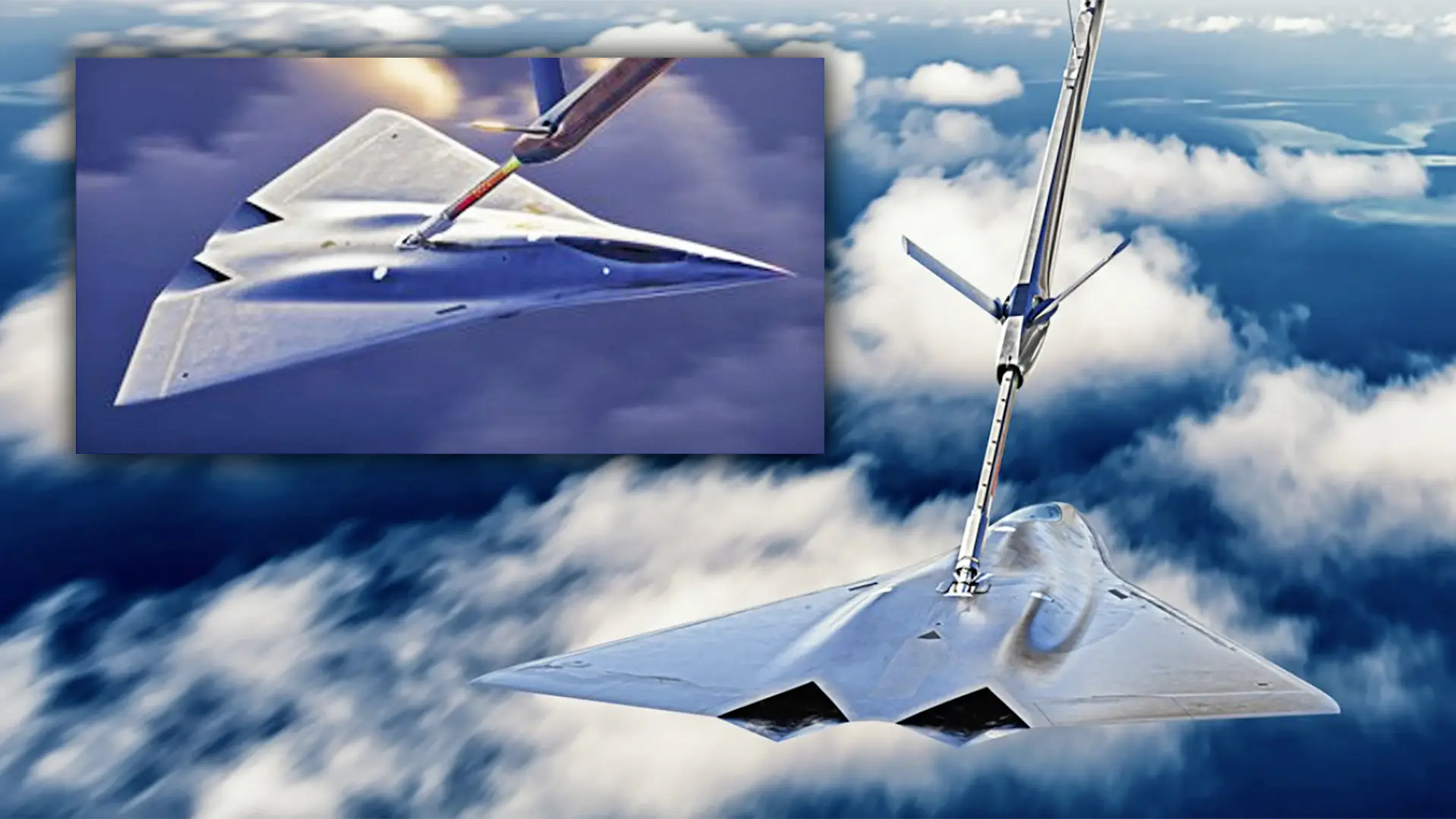China has announced a groundbreaking innovation in aviation technology: a shark skin-inspired structure within a turbofan engine. This development aims to reduce drag and enhance engine efficiency, potentially propelling China ahead in next-generation engine development.
Shark Skin Structure Innovation
Chinese scientists have crafted a “shark skin” structure from high-strength titanium alloy using precision 3D printing. According to the South China Morning Post (SCMP), this technology can reduce drag by up to 10%, significantly improving engine performance.
The innovation focuses on the intermediate casing, a crucial engine component over a meter in diameter. This casing features bionic grooves, each only 15 to 35 micrometers deep, finer than a human hair. Traditionally, manufacturing such a precise and large alloy component with 3D printing was unattainable. However, advanced 3D printing techniques and commercial software have made this possible.
Despite its thin profile, the intermediate casing is incredibly strong, capable of withstanding loads exceeding 10 tonnes. Laboratory tests confirm that the prototype meets stringent mechanical requirements and achieves a 25% weight reduction compared to traditional castings, without compromising structural integrity. This breakthrough promises a new era of lighter, more efficient engine designs.
Future Implications
Researchers envision a future where hollow fan blades, freed from conventional constraints, can include advanced internal structures, enhancing impact resistance. This could revolutionize aviation design, leading to more efficient and durable engines.
J-20 Fighter Jet and Strategic Advancements
China believes this innovation could help it catch up with, and potentially surpass, the United States in modern engine development. Historically, China relied on Russian jet engines, which often had reliability issues. This reliance prompted China to invest heavily in developing indigenous engines. The inclusion of jet engine performance improvement in China’s 13th Five-Year Plan in 2016 marked a significant turning point.
China’s efforts are now paying off. The country has begun equipping its J-20 stealth fighter jets with domestically produced WS-15 “Emei” engines. This progress has drawn international attention, with John R. Sneden of the US Air Force noting China’s significant investments in propulsion technologies.
Challenges and Global Perspective
Although China’s technological prowess in engine development may not yet rival the United States, its latest shark skin technology could position it competitively. The next generation of engines requires reduced fuel consumption for increased thrust, posing numerous challenges.
Meanwhile, the US Air Force recently announced plans to upgrade existing engines rather than develop new ones, highlighting the complexities in creating advanced propulsion systems.
Broader Impact
Patricia Marins, a defense expert, notes that while military jets primarily use turbojet engines, not turbofans, this technological shift has transformative potential for cruise missiles and drones. Similar innovations are being explored globally. For instance, in early 2022, Lufthansa Group’s Boeing 747-400 featured AeroSHARK, a coating designed to reduce friction and improve fuel efficiency.
China’s shark skin technology represents a significant advancement, offering a pathway to more efficient and environmentally friendly engine designs. With continued investment and innovation, China is well-positioned to challenge traditional aerospace leaders like the USA.



